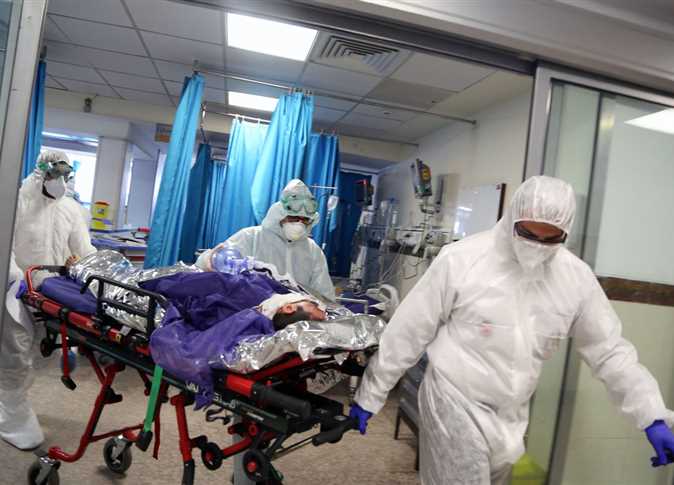
Surgery patients do better when nurses have better working environments, according to a new study.
Hospitals with well-staffed, top-notch nursing departments had fewer deaths after surgery than hospitals without those high-quality nursing departments, researchers found.
"This study is for the person, referring doctor or health policy analyst asking, 'Would I be better off at this hospital or that hospital?'" said lead author Dr. Jeffrey Silber, who is the Nancy Abramson Wolfson Professor in Health Services Research at the Children’s Hospital of Philadelphia.
Hospitals with the better nursing departments also had fewer patients die after a surgical complication, the researchers report in JAMA Surgery.
Hospitals were considered to have good nursing environments if they had more than one nurse for every hospital bed and so-called Magnet status, which is a special accreditation from the American Nurses Credentialing Center.
For the study, the researchers matched 25,752 surgical patients at 35 hospitals with good nursing environments to 25,752 similarly-aged and equally sick patients at 293 hospitals without those nursing environments.
Patients were also matched by insurance status, race and surgery type. Everyone in the study was at least 65 years old.
In the good nursing environments, 4.8 percent of patients died within 30 days of arriving at the hospital, compared to 5.8 percent of patients at other hospitals.
The difference in death rates was most pronounced among the least healthy patients, who were nearly 3 percentage points less likely to die at hospitals with good nursing environments.
In addition, 7.5 percent of patients at hospitals with good nursing environments died after complications, compared to 8.9 percent of patients at other hospitals.
Being in a hospital with a good nursing environment cut the odds of needing to be in the intensive care unit nearly in half, perhaps because of better care on the regular patient floors, the authors say.
"We didn’t expect to see that big of a difference," said Silber, who is also a professor at the University of Pennsylvania's Perelman School of Medicine and Wharton School.
He said hospitals with better nursing environments also provided better value, with better results for about the same cost. And if the cost of the additional nurses is excluded, then 30 days of patient care cost about US$2,000 less at hospitals with good nursing environments.
Ardith Doorenbos, who was not involved with the new study, said nurse-to-bed ratio and Magnet status are both important factors for patients to consider.
"You’re going to see a difference in the amount of care and the quality of care when you have a good nursing environment," said Doorenbos, who is professor at the University of Washington School of Nursing and investigator at the UW Medicine Surgical Outcomes Research Center in Seattle.
Dr. Amir Ghaferi, who co-wrote an editorial on the new study, said other research has also found better results at hospitals with Magnet status.
"I think it’s reasonable for patients to look at that and pay attention to that," said Ghaferi, of the Center for Healthcare Outcomes and Policy at the University of Michigan in Ann Arbor.
Silber agreed, but cautioned that the new study can't prove that a good nursing environment causes these better outcomes.
"We’re showing how important the marker of nursing is, but I certainly wouldn’t ignore other characteristics," he said.




